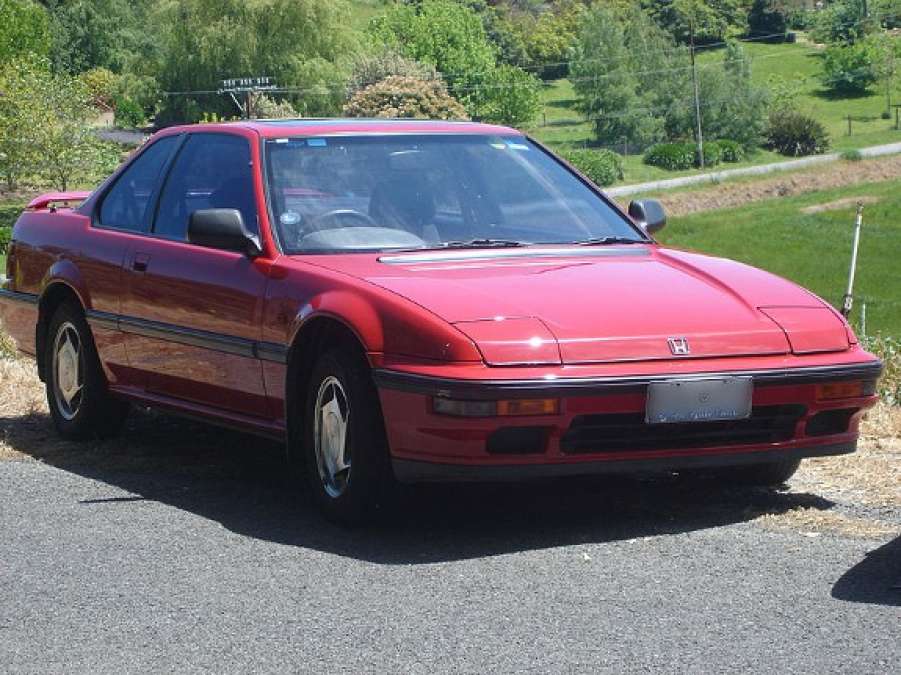It’s not what you may think. The rear wheel “turn” is a very subtle camber tweak. Torque News takes a look at how it works and why you’ll want it on your next car.
Honda Motor Company can claim many firsts in the evolution of the tech-rich personal automotive environment. Much of what we view as innovative development of the automobile comes out of racing.
Honda was the first to offer mechanical all wheel steering to North America in the form of the 1988 2.0 L Prelude Coupe. While G.M., Mitsubishi and others have offered all wheel steering in the past as an option, the early systems proved to be problematic and costly, adding $ thousands to the msrp.
Basically, your local alignment shop didn't know what to do with it. Rotating tires front to rear? Forget about it.
We’re not sure why G.M. dumped the option from its Chevrolet Silverado truck line. It absolutely worked and helped in the parking of an extended cab pickup.
Let's use Acura’s SH-AWD as an example. In this instance, torque vectoring to individual drive wheels lend to the “steering” performance of the vehicle in sweeping turns at higher speed.
You’ll find similar handling traits exhibited through Acura’s 2015 TLX GT, RLX and the long in coming rebirth of the NSX Supercar.
How the 2015 Acura RLX works and why you want it
A computer controlled electric servo unit conected to a rear suspension control arm, is activated at low or high speeds, adjusting the rear wheel (Toe) as much as 1.8 degrees of angle.
By adjusting the rear wheel angle in or out depending on the speed and the direction of turn, a few good things happen.
In a slow turn, by adjusting the rear toe angle in, we decrease the turning radius of the car. At high speeds by slightly turning the angle to follow that of the front drive wheels, we improve the “track and path” of the car while increasing the stability of the overall ride.
What Acura engineering has done here is greatly reduce the chatter, scuffing and drag of the rear tires, problematic in a front wheel drive automobile. By reducing drag and increasing handling, Acura also insures the inherent bonus of greater tire life through reduced friction and subsequent scuff wear.
We’ll let Acura tell you the rest of the story. Take a look at this short video and tell us what you think. Would you like all wheel steer on your next Acura or Honda car or light truck?





